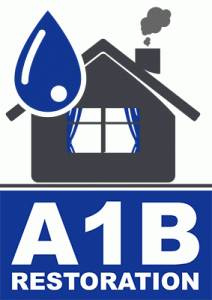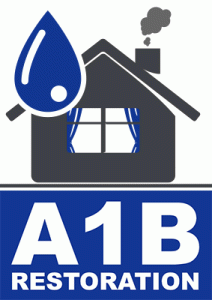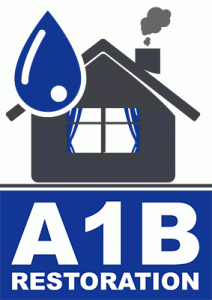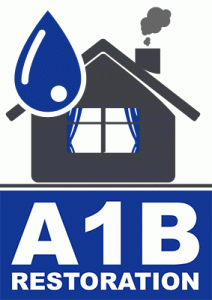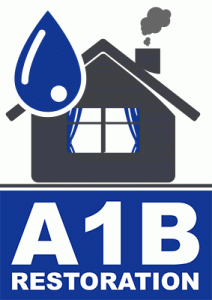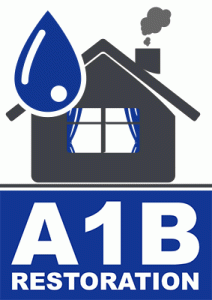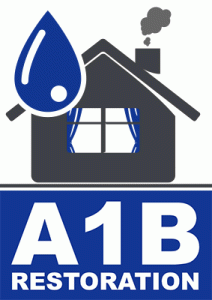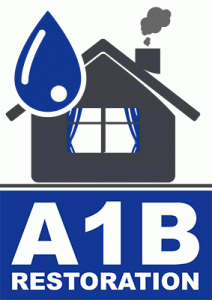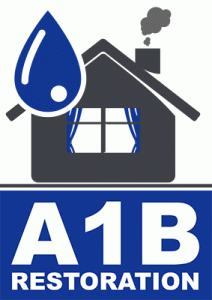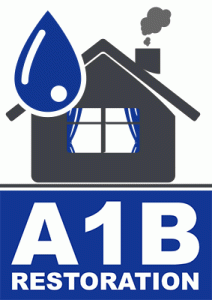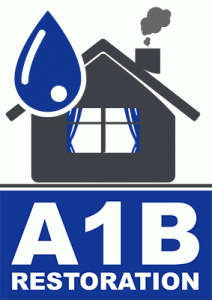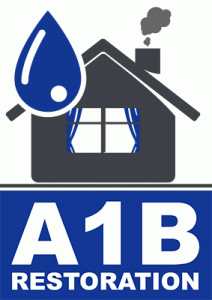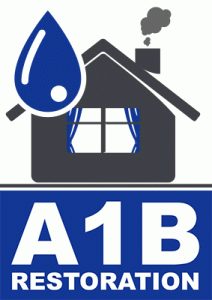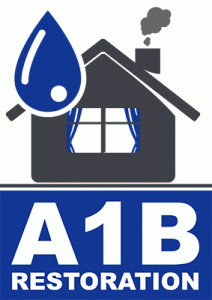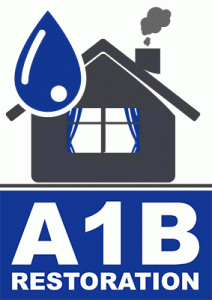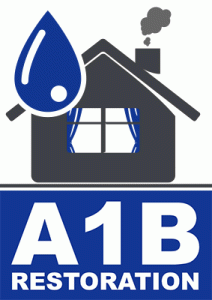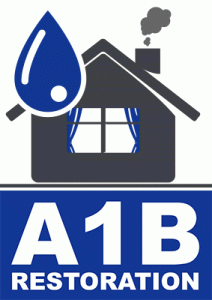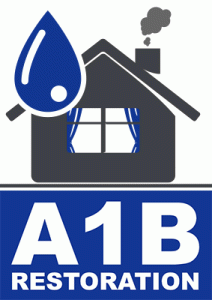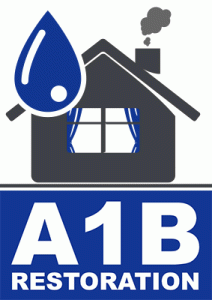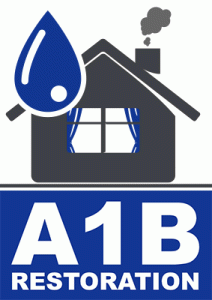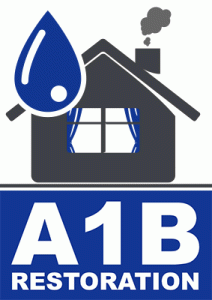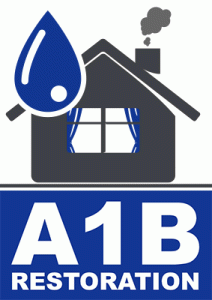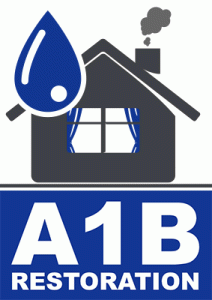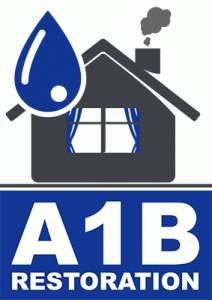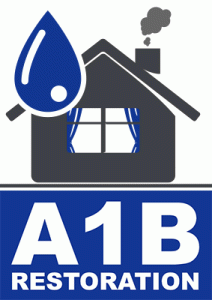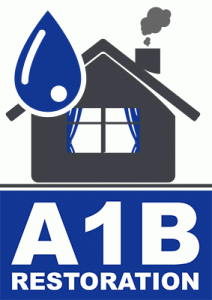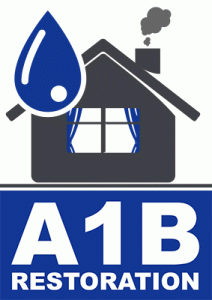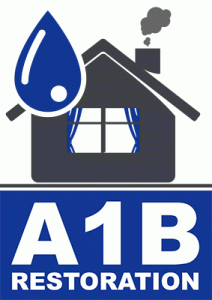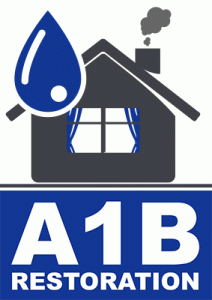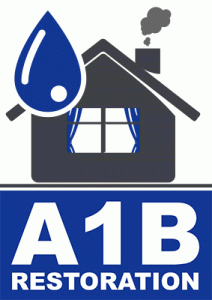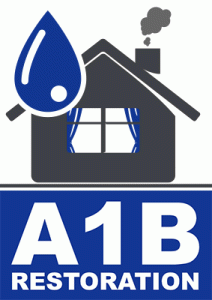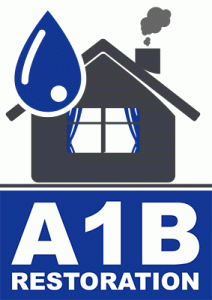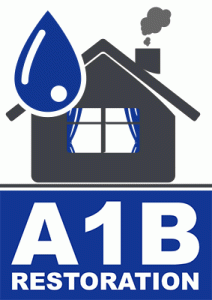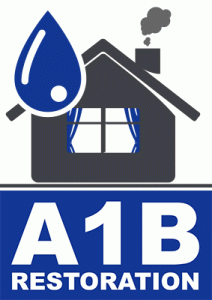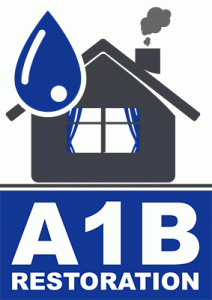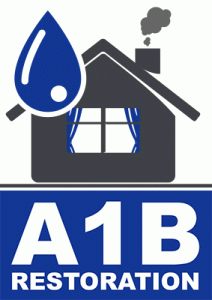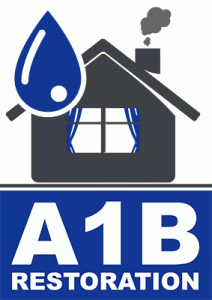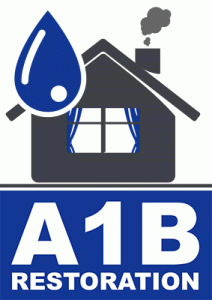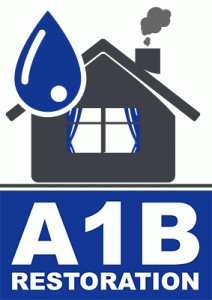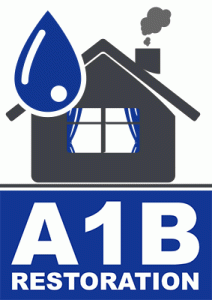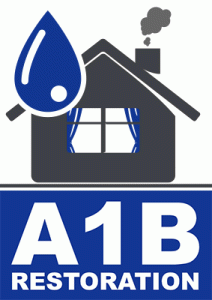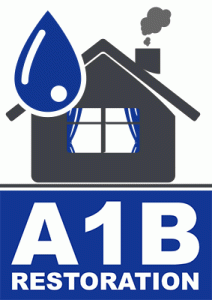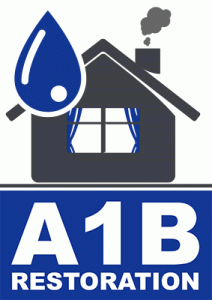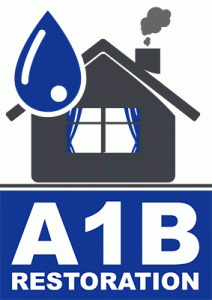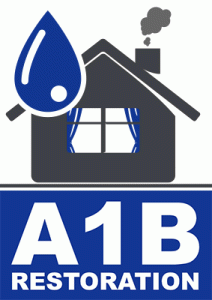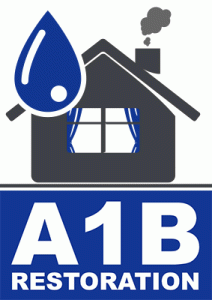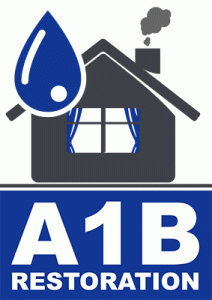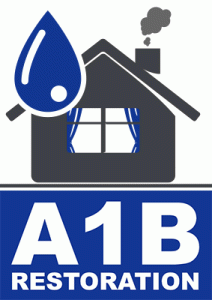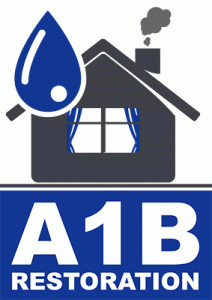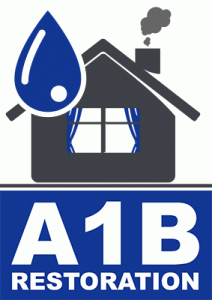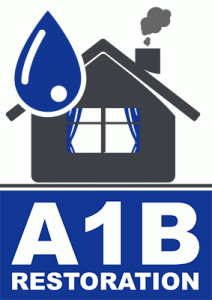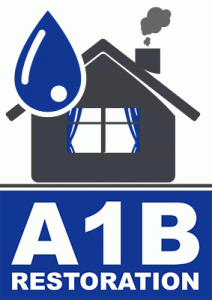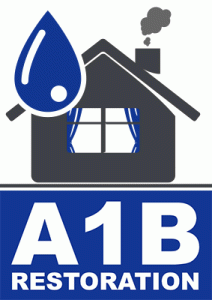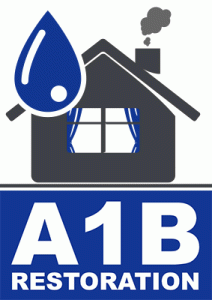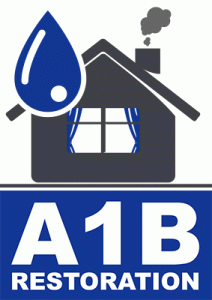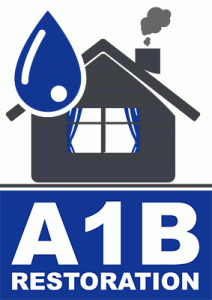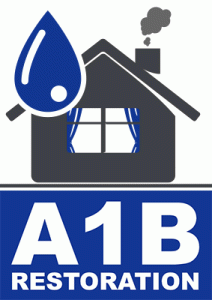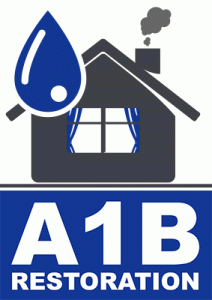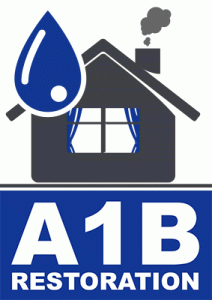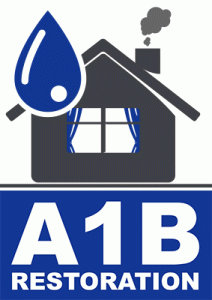How to Prepare Your Home for Water Damage Restoration
Water damage can be a nightmare for any homeowner. Whether it’s caused by a natural disaster, a broken pipe, or a leaking roof, the aftermath can be overwhelming. According to the Insurance Information Institute, water damage is among the most common and costly disasters, with insurance companies paying out more than $13 billion annually in non-weather-related water damages. Proper preparation can significantly ease the restoration process and minimize damage. This guide will walk you through the essential steps to prepare your home for water damage restoration effectively.
Understanding Water Damage: Types and Causes
Before diving into preparation, it’s crucial to understand the different types of water damage and their common causes. Water damage can be categorized into three types:
Category 1: Clean Water
This type of water damage is from clean sources like broken pipes, overflowing sinks, or rainwater. While the water itself isn’t hazardous, it can quickly turn into a breeding ground for mold if not addressed promptly.
Category 2: Grey Water
Grey water is slightly contaminated water from sources like dishwashers, washing machines, or toilet overflows (urine only). It poses some health risks and requires proper cleanup and disinfection.
Category 3: Black Water
Black water is highly contaminated and poses severe health risks. It comes from sources like sewage backups, flooding from rivers or streams, or stagnant water that has started to support bacterial growth.
Initial Steps to Take After Water Damage
Once water damage occurs, taking quick and decisive action can significantly reduce the impact and cost of restoration. Here’s what you should do first:
Ensure Safety First
Your primary concern should be safety. Turn off electricity and gas supply to avoid electrocution or gas leaks. Avoid walking through standing water, especially if it may be contaminated.
Document the Damage
Before you start cleaning up, document the damage for insurance purposes. Take photographs and videos of all affected areas and belongings. This evidence will be crucial when filing your insurance claim.
Contact Your Insurance Company
Inform your insurance company about the damage as soon as possible. They will guide you on the next steps, which may include sending an adjuster to assess the damage.
Preparing for Professional Water Damage Restoration
Once you’ve addressed immediate concerns, it’s time to prepare for professional restoration. Here’s how:
Remove Water-Soaked Items
Start by removing water-soaked furniture, carpets, and other items that can be salvaged. Move them to a dry area to prevent further damage. Items that cannot be salvaged should be documented and disposed of properly.
Ventilate the Area
Open windows and doors to allow air circulation. Use fans and dehumidifiers to speed up the drying process. Proper ventilation will help prevent mold growth and reduce humidity levels.
Identify Mold Growth
Mold can start growing within 24 to 48 hours after water damage. Check for visible signs of mold and report them to the restoration professionals. Do not attempt to clean mold yourself, as improper handling can spread spores and worsen the situation.
Choosing the Right Water Damage Restoration Service
Selecting a reputable and experienced restoration company is crucial for efficient recovery. Consider the following factors:
Experience and Certifications
Look for companies with certified technicians and a proven track record in handling water damage. Certifications from organizations like the Institute of Inspection, Cleaning and Restoration Certification (IICRC) are a good indicator of expertise.
Comprehensive Services
Choose a company that offers a full range of services, including water extraction, drying, dehumidification, mold remediation, and repair. This ensures a seamless restoration process without the need to hire multiple contractors.
Emergency Response Time
Time is of the essence in water damage situations. Select a restoration service that offers 24/7 emergency response to minimize further damage and start the restoration process as soon as possible.
Preventing Future Water Damage
Once your home is restored, it’s essential to take measures to prevent future water damage. Here are some tips:
Regular Maintenance Checks
Conduct regular inspections of your plumbing, roof, gutters, and foundation to identify and repair any potential issues before they cause damage.
Install Water Detection Devices
Consider installing water leak detectors in high-risk areas like basements, bathrooms, and laundry rooms. These devices can alert you to leaks before they cause significant damage.
Improve Home Drainage
Ensure your home’s drainage system is efficient. This includes cleaning gutters regularly, extending downspouts away from the house, and grading your yard to direct water away from the foundation.
Conclusion: Be Prepared and Proactive
Water damage can be devastating, but with the right preparation and quick action, you can minimize its impact on your home. Understanding the types of water damage, taking immediate steps to document and mitigate, and choosing the right restoration service are crucial to a successful recovery. Additionally, implementing preventative measures can safeguard your home against future incidents. Remember, when it comes to water damage, being prepared and proactive is the best strategy.
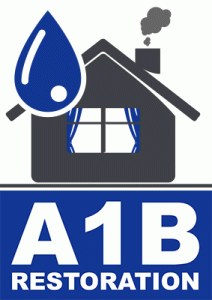
water restoration companies near me Preston Hollow Dallas Texas
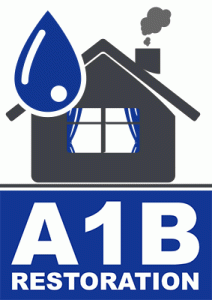
water damage restoration service Lake Highlands Dallas Texas

residential water damage restoration Murphy Texas

restoration services water damage Lake Highlands Dallas Texas
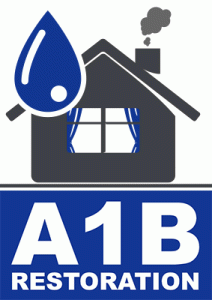
best water damage restoration near me Keller Texas
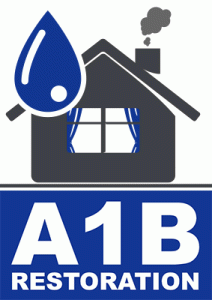
best water damage restoration near me Sunnyvale Texas
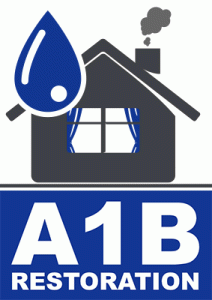
Rowlett Texas water damage restoration service near me

Storm Damage
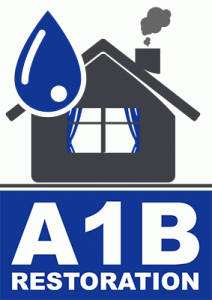
best water damage restoration near me Grapevine Texas
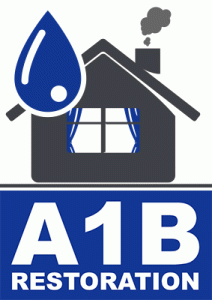
residential water damage restoration Irving Texas
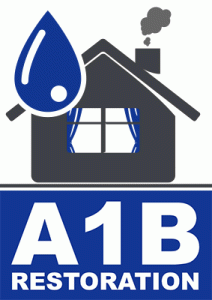
water damage restoration cost North Richland Hills Texas
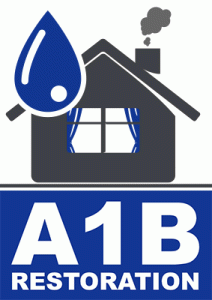
emergency water damage restoration Lake Highlands Dallas Texas
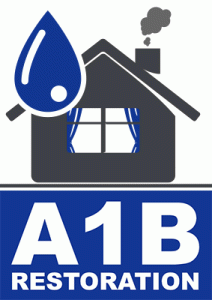
restoration services water damage Flower Mound Texas

The Colony TX water damage restoration companies near me

Lakewood Dallas Texas water damage restoration service near me

Lake Highlands Dallas Texas water damage companies

Carrollton Texas water damage restoration near me
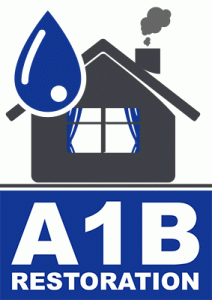
Lucas Texas water damage restoration service near me
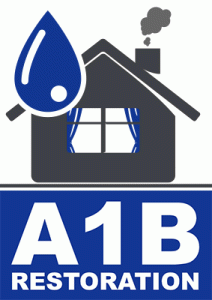
Preston Hollow Dallas Texas water damage cleanup near me
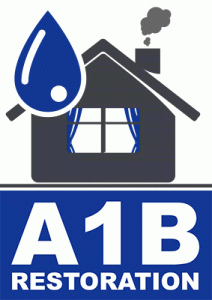
Lake Dallas Texas water damage restoration near me
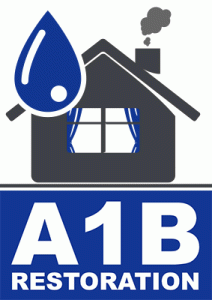
Flower Mound TX restoration water damage experts

Lake Highlands Dallas TX water damage restoration services
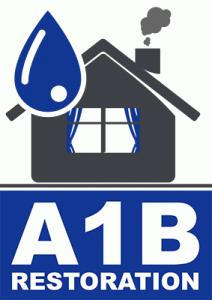
Preston Hollow Dallas TX water damage restoration services

water restoration companies near me Preston Hollow Dallas Texas

water damage restoration services near me Keller Texas
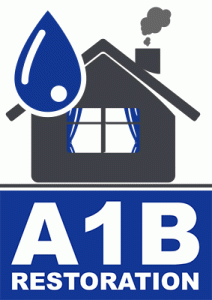
water restoration companies near me McKinney Texas

water damage restoration services near me McKinney Texas
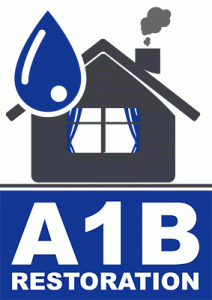
water damage and restoration companies Southlake Texas

restoration company water damage Lakewood Dallas Texas

water mitigation company near me Preston Hollow Dallas Texas

water damage restoration service Cedar Hill Texas
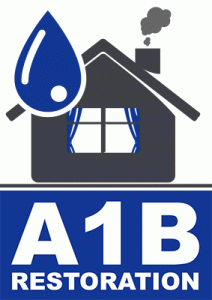
water remediation company near me Lewisville Texas
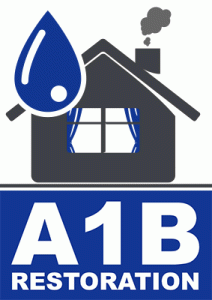
water restoration company Lake Highlands Dallas Texas

water restoration companies near me Fairview Texas
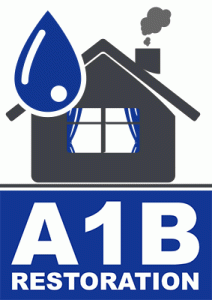
water removal services near me Flower Mound Texas
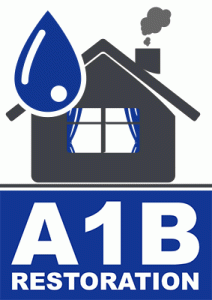
water damage and restoration Preston Hollow Dallas Texas
